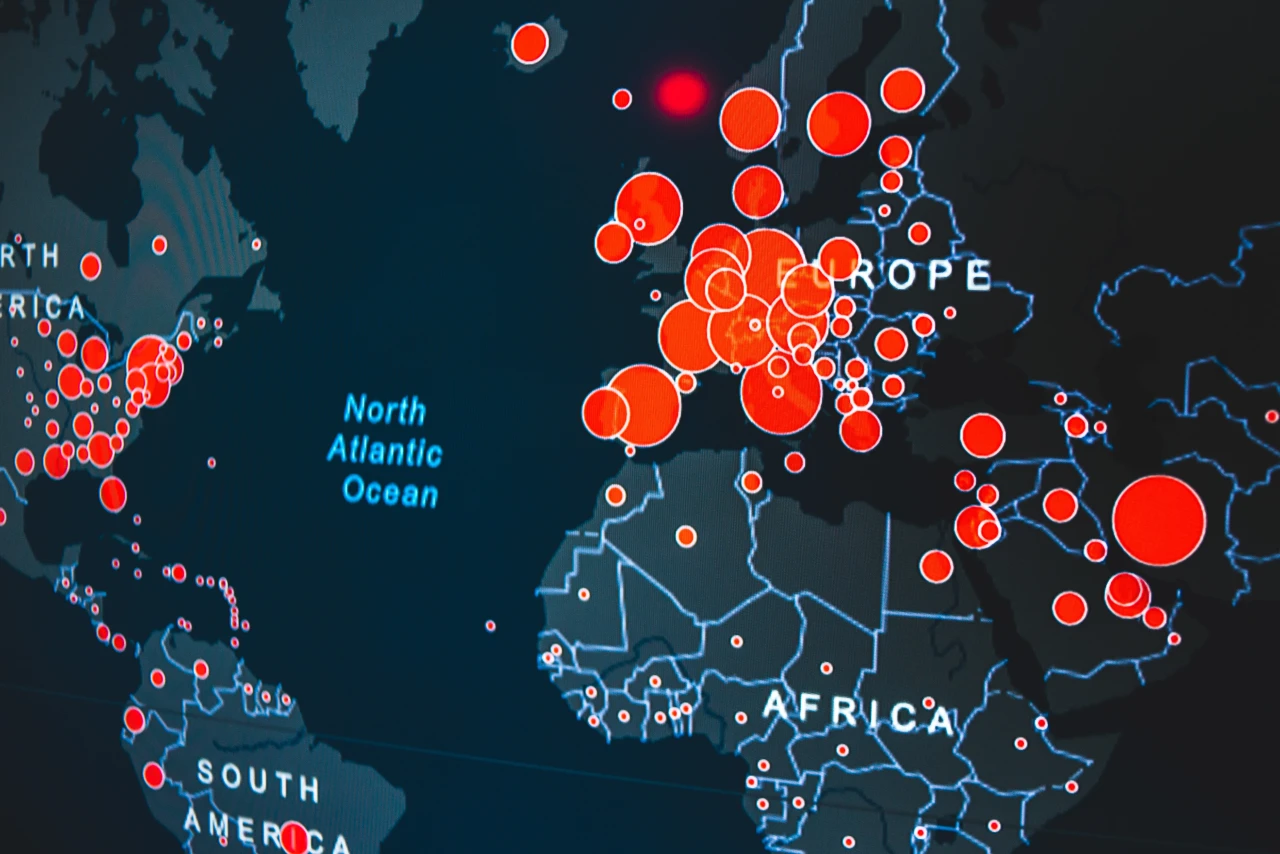Bodegaland: A vision of America in 2030
In October of 1347, a dozen Genoese ships arrived at the docks of the Sicilian port of Messina at the end of a journey that started on the Black Sea. Fifty-four years later, a competition between two men signaled the beginning of the Renaissance. In between those two events a few things happened—like a plague that killed one-third of the population, a series of regressive laws, and massive revolts that overthrew the entire order of society.
On December 30, 2019, Dr. Li Wenliang warned that hospitals around Wuhan, China, had seen a number of cases of what appeared to be a new respiratory disease similar to SARS. A year and-a-half later, a long list of companies had decided to permanently close their offices, a majority of former office workers said they expected to never return, and a real estate boom was on as those who felt confined during the pandemic went searching for more elbow room. In between, a few things happened—like 165 million cases of this disease had been diagnosed around the world and over 3 million people died. Also, I binge watched every episode of Schitt’s Creek.
Comparing the Black Death to the COVID-19 pandemic is something of a … stretch. No nation has suffered even a 1% loss of population. Whole regions have not been left empty. People have not emerged from a fever to find their family, friends, and everything that gave their lives structure had vanished in a matter of days. But already we’ve seen signs that, despite the relative scale of these events, the COVID-19 pandemic looks likely to leave lingering effects on where people live and how they work. And there are reasons to believe those effects could be far larger than many might expect.
Welcome to Bodegaland.
When the Black Death swept across Europe in the 14th Century, it took just a few years to have an impact that’s still hard to grasp. Over 20 million people—one-third of the whole population—simply died. The result wasn’t just the end of so many individuals, but the death of whole political and economic systems.
In a region with a sudden worker shortage, survivors of the plague realized they had new options. Peasants could travel farther, demand more for their labor, and shake off strictures that had boxed in their families for generations. Feudal lords fought back, passing new laws that attempted to keep peasants in their traditional role. England even passed the “Statute of Laborers” which included a maximum wage in a last ditch attempt to keep the lower class … lower.
But rather than getting back behind their plows, the result was a series of “peasant’s revolts,” followed by a breakdown of manorial system in England. That was matched by a general collapse of feudalism across Europe. Within a few decades, the death of millions from plague led directly to the death of a rigid set of social, political, and economic strictures that had endured for centuries. It altered the role of religion. From a generation left dealing with an unimaginable level of grief, shock, and displacement, came a wave of change. Then unrest. Then the most godawful tangle of creativity, beauty, devastation, and war that the planet had seen in millennia.
Twenty years after the peasant revolts reshaped the system, Lorenzo Ghiberti and Filippo Brunelleschi engaged in a competition to build new doors for the cathedral in Florence Cathedral. The Renaissance was on.
At the moment, the death toll of COVID-19 in the United States is just under 600,000. Around the world, over 3 million have died. Neither of those numbers is enough to directly affect the availability of labor. Although … somehow, there’s definitely complaints about a labor shortage. What’s going is is more subtle, thank God, than fields gone fallow and bodies stacked like cordwood. However, the last year has definitely, and perhaps inexorably, rewritten the relationship between employers and employees and made many reevaluate how they value their time. And their lives.
Over the coming weeks, this series will look at the lingering effects of COVID-19. The global pandemic has made us realize that many of the practices we were engaged in before 2020—from how we worked in offices, how we shop, how we socialize, to how we live—depend on simply doing things the way they had always been done. In the wake of the Year of Zoom, cube farms and morning staff meetings seem almost as archaic as a castle and moat.
In many cases, the pandemic has simply accelerated changes that were already underway. In others, it’s driven innovations that might have seemed unlikely. But the road we’re all following took a fairly sharp turn in 2020, and this is an attempt to trace that new path to, if not its end, at least the next stop.
Over the course of multiple installments, this series will try to chart at least a few milestones along that road. And somewhere along the line, I will even explain the title.
Special request: For each installment in this series, I’m hoping to interview leaders in politics, arts, religion, business, and technology. If you know someone who has an eye on the future—or someone whose ideas of the future you’d like to hear—please drop a suggestion. Thanks.

